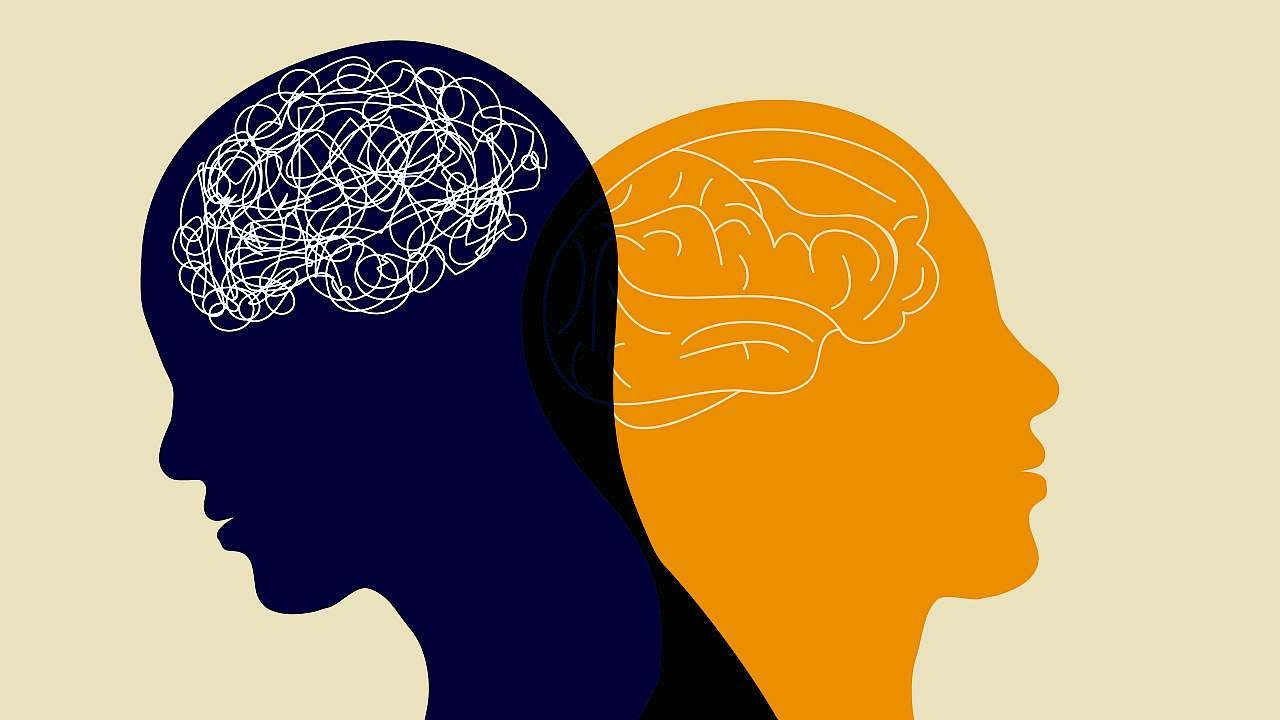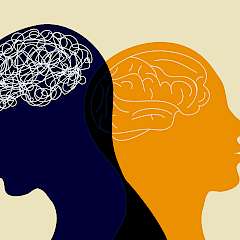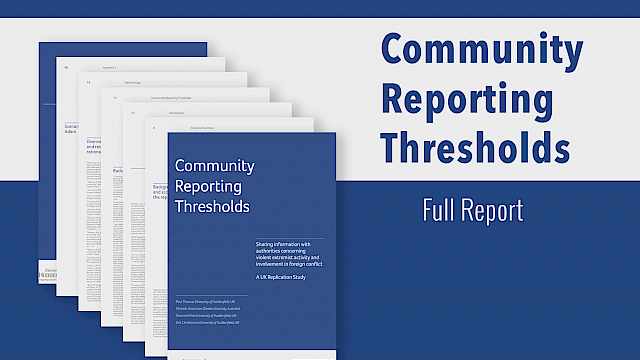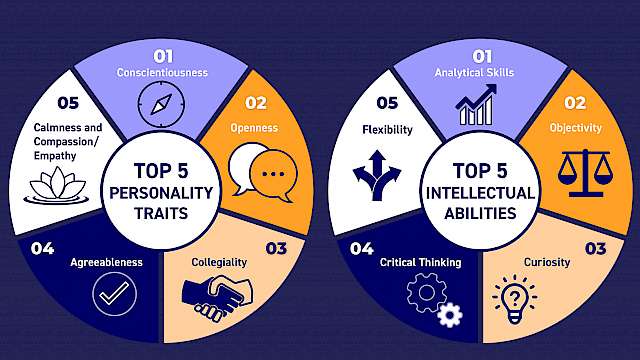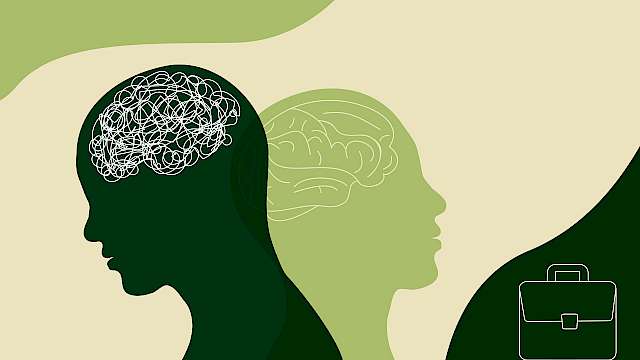Introduction
Existing research does not indicate that autism is a causal factor for extremism engagement in the general population. Nevertheless, while estimates vary, a proportion of individuals within extremist populations have autism. These individuals may follow a different pathway to engagement and may have different needs than their neurotypical counterparts. Just as it is important to understand the relevance of mental ill health in the context of extremism engagement, it is also important for practitioners involved in preventing and countering violent extremism (PCVE) to understand vulnerability, risk, and resilience among individuals with autism, as well as how best to support them to mitigate risk and encourage disengagement.
This document has been written to provide a brief introduction and overview of some key considerations around autism in extremism contexts. It is based on a systematic review of the existing literature, as well as findings from focus groups with practitioners working with neurodivergent individuals in PCVE contexts, and international case studies of individuals with autism and extremism concerns. This document is not a risk assessment instrument, rather it is designed to support practitioner understanding of autism and neurodivergence within extremism contexts.
Making sense of clinical jargon
What is ‘neurodiversity’ and how do we talk about it in the context of extremism?
“Neurodiversity” refers to the diversity and variability in the development of the brain, and in ways of processing information, throughout the population. Within this, “neurotypical” individuals are usually considered to be those who think and process information similarly to the majority of the population, while “neurodivergence” is broadly characterised by differences in brain function.
Neurodivergence is often used as an umbrella term for a variety of neurodevelopmental disorders including autism, ADHD, learning difficulties and disabilities, developmental language disorders, tic disorders, and some acquired brain injuries (Exceptional Individuals, 2023; HM Inspectorate of Prisons et al., 2021). The impact of these conditions can differ depending on the individual, their symptoms, and their characteristics, which can include strengths and skills as well as difficulties.
Throughout this document, we conceptualise the role of neurodivergence as “contextual” to emphasise how neurodivergent features may affect individuals’ experiences, functioning, and behaviour in ways that may, in some individuals, become a context in which their vulnerability unfolds at that specific point in time – rather than directly ‘causing’ this vulnerability or linking with it permanently (Al-Attar, 2020). Conversely, these traits can also contextualise resilience and disengagement in ways that differ from neurotypical populations.
Autism
Autism is a type of neurodivergence characterised by cognitive and behavioural patterns broadly defined through two key diagnostic criteria: social communication and interaction challenges; and restricted, repetitive behavioural patterns (World Health Organisation, 2019a). However, alongside these core diagnostic criteria, individuals with autism may present a range of different characteristics, facets, or symptoms, such as sensory under- or over-sensitivity, vivid fantasy and ideation, and differences in executive function and cognition (Al-Attar, 2019; National Autistic Society, 2023). Autism is considered a “spectrum condition”, meaning that it can affect different people in different ways, and encompasses a range of experiences and behaviours (National Autistic Society, 2023).
Several different terms can refer to autism. The European diagnostic classification manual (the ICD-11) and the DSM-5 use the term autism spectrum disorder (ASD; American Psychiatric Association, 2013; World Health Organisation, 2019a). It is also sometimes called autism spectrum condition (ASC), and historically, has been referred to as Asperger’s syndrome (AS). The “broad autism phenotype” (BAP) refers to traits of autism, which may not meet the threshold of a clinical diagnosis. Where autism becomes a context for extremism vulnerability, there is no known correlation between degree of autism and degree of vulnerability or strength of links and it is common to find individuals with mild autism or autistic traits within the extremist cohorts.
Attention Deficit Hyperactivity Disorder (ADHD)
Autism is the most widely researched form of neurodivergence in these contexts, and the primary focus of this document. However, it also shows a high level of co-occurrence and shared symptomology with ADHD, another form of neurodivergence, that may have contextual relevance (Al-Attar, 2021). Research suggests that approximately 40% of individuals with autism also have ADHD (Rong et al., 2021).
ADHD is characterised by inattentiveness and/or hyperactivity and impulsivity. Inattentiveness can include difficulties in regulating attention to tasks (particularly when not interesting), being easily distracted, and forgetfulness. Hyperactivity and impulsivity may be characterised by restlessness, talking excessively, interrupting others, and engaging in impulsive (sometimes reckless) behaviours (World Health Organisation, 2019b). These symptoms, as well as other related features and traits, may interact with, compound, or exacerbate autistic traits. They may often mask autism, and autism may inversely mask ADHD, and one or both conditions may be missed in many individuals, especially with mild forms. Such undetected neurodivergence may be found across the general and extremism population. However, the research on ADHD in extremism contexts is currently limited.
Comorbid Psychiatric Conditions
As well as ADHD, individuals with autism can experience a range of other mental illnesses (e.g., depression, anxiety), disorders (e.g., personality disorders), and other forms of neurodivergence (e.g., dyslexia). It is therefore important to consider how these may interact and affect the individual, their experiences, and their behaviour.
To read the full practitioner report, download the pdf below.
Copyright Information
As part of CREST’s commitment to open access research, this text is available under a Creative Commons BY-NC-SA 4.0 licence. Please refer to our Copyright page for full details.
IMAGE CREDITS: Copyright ©2024 R. Stevens / CREST (CC BY-SA 4.0)
